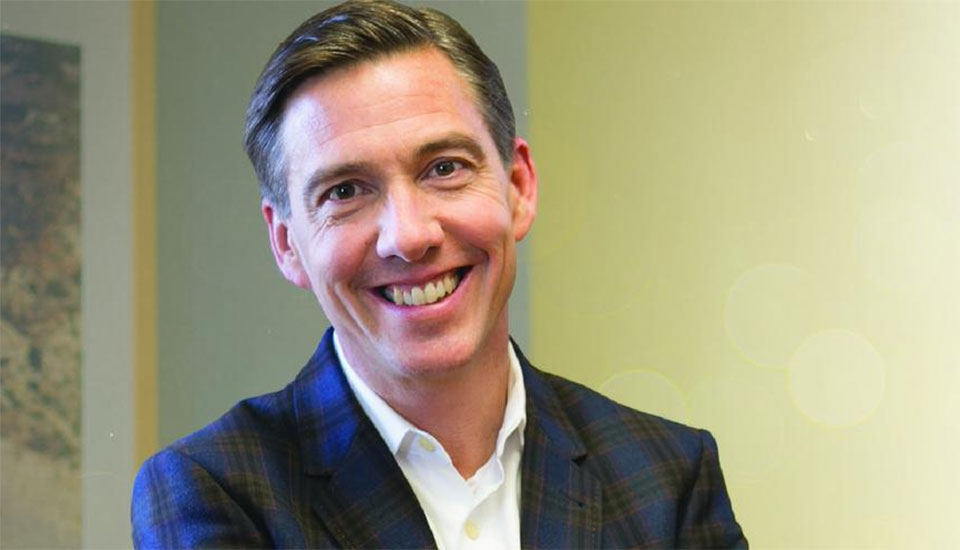The employee empathy gap can wreak havoc on your business. Here’s how to close it.

To be an effective CEO, it’s no longer enough to be a steward of your business; you must also be a steward of your people.
Over the past year, our society has been beset on all sides by stress. As the pandemic has challenged all parts of our personal and professional lives, ongoing social unrest has served as a painful reminder that there is still a lot of work to be done to right the wrongs of racial and social injustice. These challenges don’t disappear when employees clock into the office or turn their laptops on for the day; they’re ever-present in their lives, sapping their happiness and productivity.
More than ever, employees want their employers to acknowledge these issues and offer support to address them, yet many CEOs are struggling to meet expectations. Despite the clear need for greater empathy in the workplace over the past year, 68 percent of CEOs believe they will be less respected if they show empathy within their organizations, according to Businessolver’s 2021 State of Workplace Empathy study. I call this “toxic stoicism.”
Those beliefs are, of course, unfounded. Today, empathy isn’t a nice-to-have; it’s an essential part of doing business that has implications across employee inclusion, engagement, and attrition. Indeed, 88 percent of employees say they are more willing to stay with an empathetic employer. Executives ignore the empathy gap at their own peril, risking losing talent to competitors amid the Great Resignation.
Here are some effective ways that executives can demonstrate empathy – both personally and through processes implemented by their organizations.
Model the right behavior
As executives, we set the tone for the workplaces we lead. Our words and actions can often be more powerful than any policy we implement.
For this reason, one of the most important ways to build more empathetic organizations is by modeling empathy ourselves. That starts with understanding what employees are thinking and feeling – but it doesn’t end there. We must also commit to actions that convey we’re empathetic. That part is equally critical.
What does this look like? Here are three simple examples I’ve found effective:
- Get personal. Before jumping right into business in meetings or on calls, start by asking employees how they’re doing. Ask about their families. Ask how they’re feeling. These small acts can go a long way toward helping employees feel valued.
- Show gratitude. Given the challenges many employees are facing outside the workplace, there’s tremendous power in thanking them for their contributions and ability to focus on their day-to-day responsibilities.
- Ask how you can help. At this moment, the concept of “servant leadership” is more important than ever. Asking employees, “How can I help?” can be an effective way to identify opportunities to serve not just them, but the entire organization.
Of course, it’s not enough to just say these things. Part of true empathy is the ability to sincerely understand what others are feeling and be able to share in their emotions and concerns. Empathy is a skill that you need to nurture, so take a moment to put yourself in your employees’ shoes and imagine things from their perspective.
Support employee flexibility
Over the past year, one of the most effective ways firms have demonstrated empathy is by offering flexibility around how and where work gets done.
Surprisingly, surveys have shown that while nearly all employees (93 percent) say that remote-work policies demonstrated employer empathy, only half of employees said that their employers offered that option.
And flexibility goes beyond just hybrid or remote work. Given that employees had to quickly learn how juggle their work lives with their personal obligations, including homeschooling and caring for aging loved ones, the most empathetic employers also implemented flexible work schedules and extra or even unlimited PTO policies. In fact, 40 percent of employees say they’ve been given flexible schedules over the past year.
Given that remote work isn’t possible for industries such as healthcare and manufacturing, it’s important to seek out other opportunities to offer employees the kind of flexibility that they need right now.
Listen and act (and listen again)
There’s a fundamental skill at work in everything I’ve recommended so far: the ability to listen.
However, building an empathetic organization requires more than listening; it also requires action. When employers initiate employee listening campaigns but fail to implement any of the feedback they receive, employees become more jaded and less engaged.
What does this listen-act-listen loop look like? For example, if you’re hearing from managers that many employees are having issues finding or paying for childcare services, you can push your team to offer new childcare benefits such as Dependent Care Flexible Spending Accounts (FSAs) to help pay for preschool and afterschool programs.
This approach is also critical for your diversity, equity, and inclusion (DEI) efforts. We know from our research that employees, particularly those in Gen Z, want to see more consistent, systemic actions to improve employee equity and inclusion. Talk isn’t enough. It’s critical to meet their expectations.
Embracing empathy
As I noted at the start, this approach to empathy is a foreign one to many leaders. However, given the clear impact that empathy has on employees and across all parts of organizations, executives can no longer afford to ignore it. The pandemic has given us a rare chance to set a new standard for how we support our people. Let’s not let this opportunity go to waste.
Written by Jon Shanahan, President & CEO, Businessolver, Inc.
Bring the best of the CEOWORLD magazine's global journalism to audiences in the United States and around the world. - Add CEOWORLD magazine to your Google News feed.
Follow CEOWORLD magazine headlines on: Google News, LinkedIn, Twitter, and Facebook.
Copyright 2025 The CEOWORLD magazine. All rights reserved. This material (and any extract from it) must not be copied, redistributed or placed on any website, without CEOWORLD magazine' prior written consent. For media queries, please contact: info@ceoworld.biz








